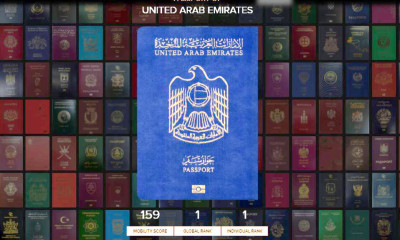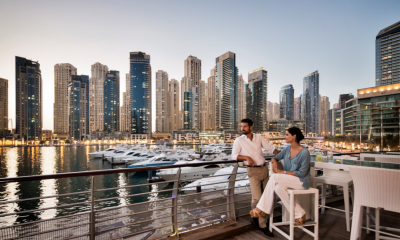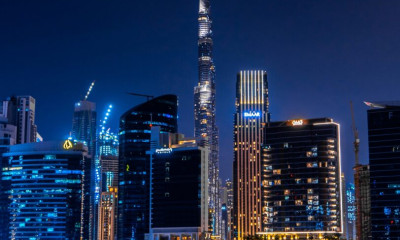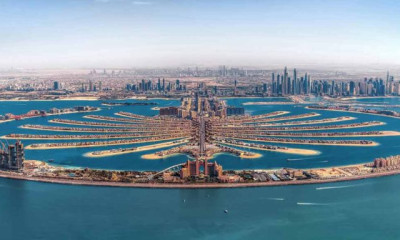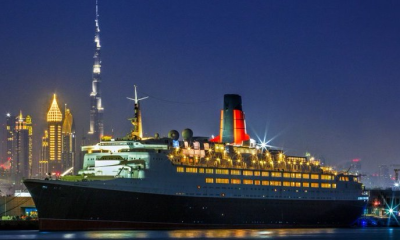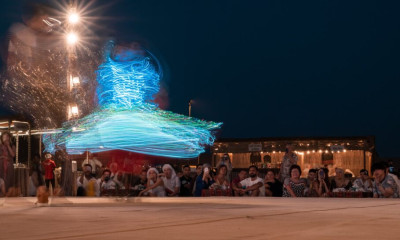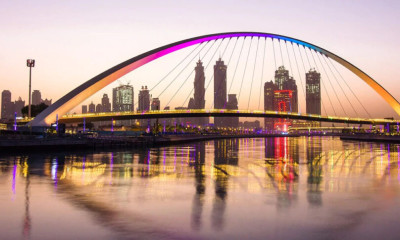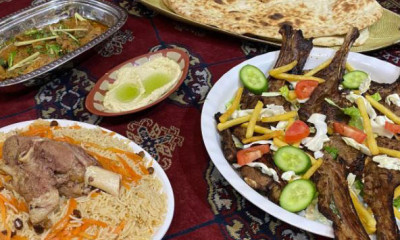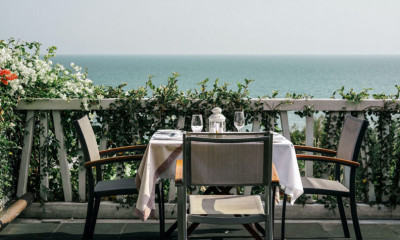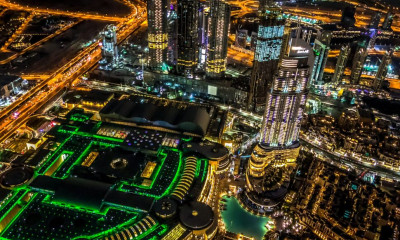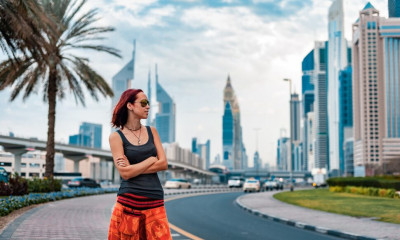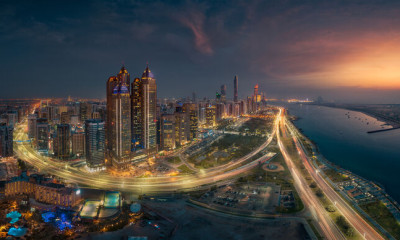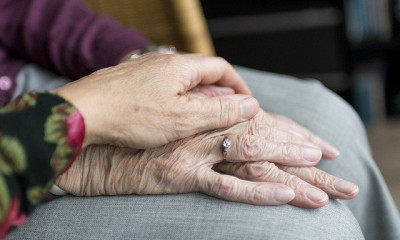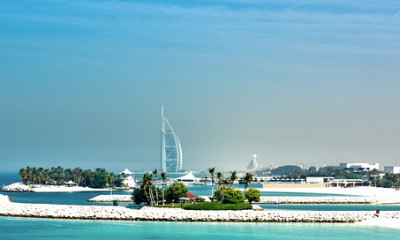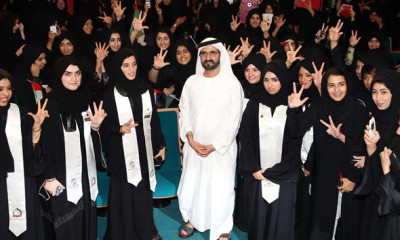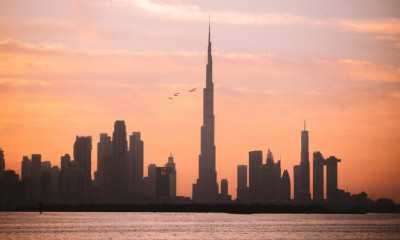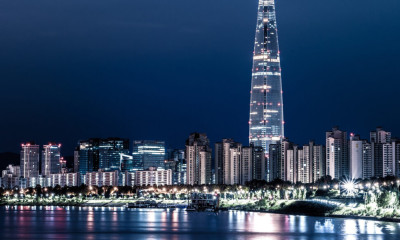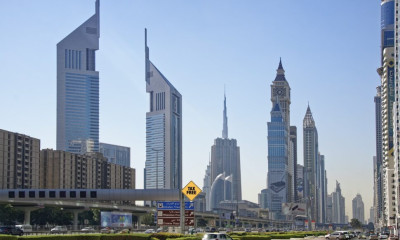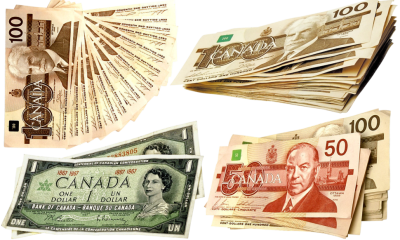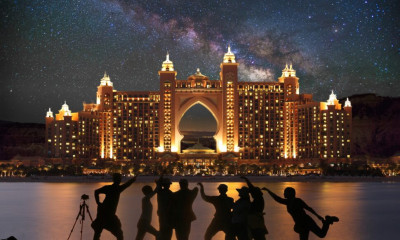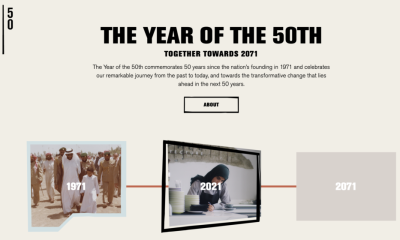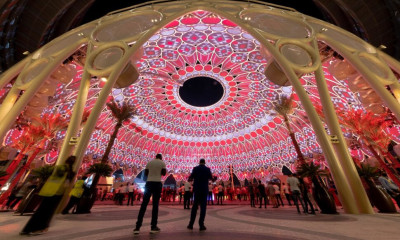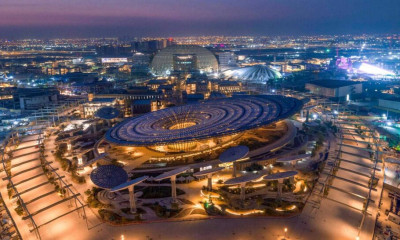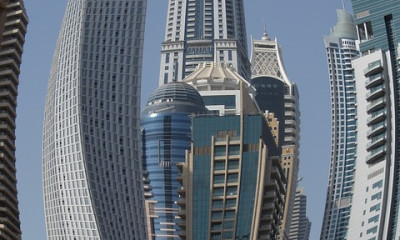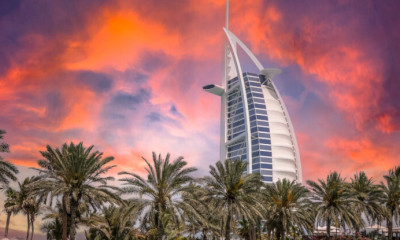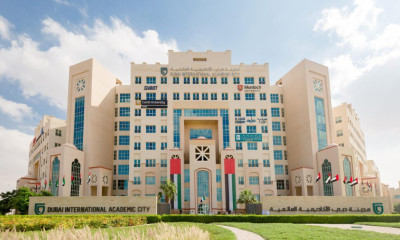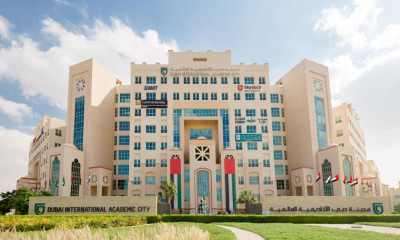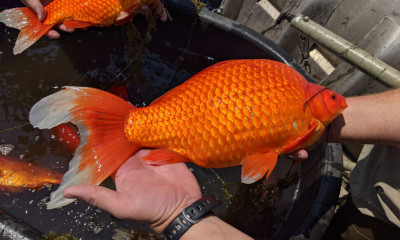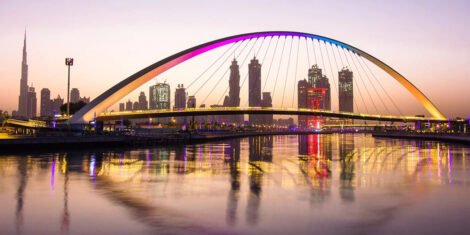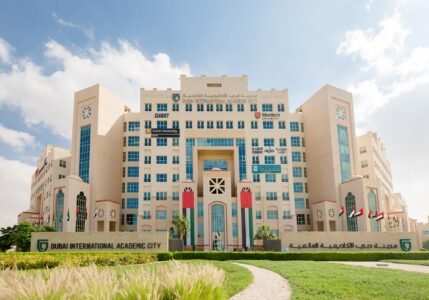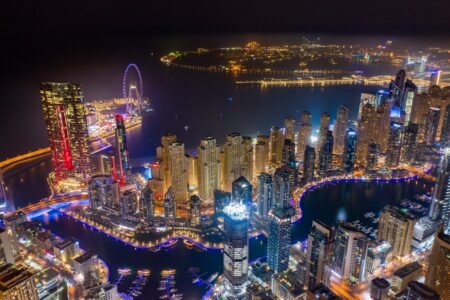
Separated from Great Britain by the North Channel, the Irish Sea and St. George’s Channel, Ireland, the third-largest nation in Europe and the 20th-largest on Earth, is among the favourite places in the world for living a life of leisure and fewer worries. With it offering the comfortable and affordable opportunities to travel to the UK and European countries after settling down, it is one place one would love to explore given its rich history, culture and lifestyle – safety as well. Its capital Dublin might be the most costly for housing and living – it is in the most- expensive 10 per cent of all 248 cities on Teleport, an online database of location information for finding suitable cities for living and working, but the situation has not hit all-time highs in other low-key places on the Emerald Isle. In communities like Mohill, Edgeworthstown and Ballymore, homes get sold for around US$100,000. In January 2021, Ireland had been declared the 13th-most expensive place to live in a ranking of 139 countries by the price-comparison website Numbeo. It said the country’s rent prices were the fourth highest in Europe. The list put Ireland ahead of countries like France, Sweden and Hong Kong, but cheaper than Australia, Japan, Norway and Iceland.
Ireland’s cost-of-living index was 83.11, which means it is 17 per cent less expensive than New York. Irish house prices are forecast to rise by four per cent as the supply struggles to meet the demand. The cost-of-living index includes the costs of consumer goods, including groceries, restaurants, transportation and utilities, but does not include accommodation expenses. When rent is included, Ireland moves up to 10th in the global rankings. If rent is taken in isolation, Ireland ranks eighth in the world and fourth in Europe, behind Luxembourg and Switzerland. According to property website Daft.ie, the average monthly rent in the country is now about €1,400. In Dublin, it is more than €2,000. Ireland ranked 25th in terms of the cost of groceries, which comprises the price for meat, bread, rice, eggs, fruit, vegetables and alcohol. For eating out, or restaurant costs, Ireland ranked 12th.
According to the OECD Better Life Index, the country performs well in measures of well-being relative to most other countries and ranks above the average in jobs and earnings, housing, personal security, health status, education and skills
According to the OECD Better Life Index, the country performs well in measures of well-being relative to most other countries and ranks above the average in jobs and earnings, housing, personal security, health status, education and skills, social connections, subjective well-being, work-life balance, and environmental quality, but below average in income and wealth, and civic engagement.
The average household net-adjusted disposable income per capita is US$25310 a year, lower than the OECD average of US$33604 a year. In terms of employment, 67 per cent of people aged 15 to 64 have a paid job and 73 per cent of men are in paid work.
Hospitals here are generally very well-appointed and the level of care is highly rated. In terms of health, life expectancy at birth is 82 years, two years higher than the OECD average of 80 years. Life expectancy for women is 84 years, compared with 80 for men. Irish people have made clear their satisfaction with their lives than the OECD average by giving 7.0 grade a scale from 0 to 10 – higher than the OECD average of 6.5. Households on average spend 21 per cent of their gross adjusted disposable income on keeping a roof over their heads, slightly above the OECD average of 20 per cent. The average home contains 2.1 rooms per person, more than the OECD average of 1.8 rooms per person. In terms of basic facilities, nearly every dwelling (99 per cent) contains private access to an indoor flushing toilet, more than the OECD average of 95.6 per cent. The average household net adjusted disposable income per capita is US$25,310 a year, lower than the OECD average of US$33,604.
In the country, the average household net wealth is estimated at US$217,130, lower than the OECD average of US$408,376. About 76 per cent of people say that they feel safe walking alone at night, more than the OECD average of 68 per cent. According to the latest OECD data, the homicide rate is 0.7, lower than the OECD average of 3.7.
Full-time workers devote more of their day on average, to personal care (eating, sleeping) and leisure (socialising with friends and family, hobbies, games, computer and television use) than the OECD average of 15 hours.
Ireland does not have a retirement visa option if one is not an EU national. One had to apply for a ‘D’ visa that allows staying for three months. Next, an application has to be made for permission to remain as a ‘person of independent means’ by showing proof about possessing sufficient resources to cover expenses in the country. That could be an annual income of US$56,000 per person, plus savings to cover emergencies and expenses like a home or car. Those with an Irish citizen for a parent or grandparent can get citizenship (and thus the right to residency), but otherwise gaining residency for retirement generally requires a substantial annual income of US$110,000 for a couple.
Weather

It has an oceanic climate – cool and damp, cloudy and rainy throughout the year. The maritime-influenced climate is mild and humid. May to mid-September is the warmest and generally dryer time of the year. In summer, temperatures fall in a range of 15°C to 20°C, but sometimes reach up to 25°C, or even higher. Though extreme weather events are comparatively rare, they do occur. July is the hottest month in Dublin with an average temperature of 15.5°C (60°F) and the coldest is January at 5°C (41°F). Well, it rains sometimes, but long showers are quite rare.
Cost of living

For a family of four, the monthly cost will come to €4,772. Dublin had been one the most expensive places to live in, with rents in most parts of the capital exceeding US$1,130 a month for a two-bedroom property. The average for a similar property in Cork city is €910. (US$1,028). Rents in smaller towns and rural areas are usually much lower. Average monthly rent for a two-bedroom property in County Leitrim is €426. In County Longford, it is €477 and in Donegal €509. The price of groceries varies widely.
Connectivity

In 2020, passenger numbers at Dublin Airport were down by 77 per cent and at Cork by 79 per cent due to the coronavirus pandemic travel restrictions globally. Dublin Airport lost 24.4 million passengers due to it, while Cork Airport lost two million passengers. Dublin Airport, Ireland’s key international gateway, is the eighth largest airport in the European Union. It welcomed a record 32.9 million passengers in 2019, with flights to almost 200 destinations in 43 countries operated by more than 50 airlines.
It generates €9.8 billion in Gross Value Added (GVA) for the economy. The island nation is dependent on air connectivity, both socially and economically. In the three quarters of 2020, 7.5 million passengers travelled through the main Irish airports, a fall of three quarters compared with the same period in 2019. Over 24,000 flights were handled by the country’s main airports in Q3 2020. The three largest airports – Dublin, Cork and Shannon, connects the country to the world. Dublin is a key gateway between Europe and North America. There were 16 new routes including new services to Beijing, Hong Kong, Montreal and Seattle – and capacity increases on 22 existing services. It welcomed 19 new routes to destinations like Calgary, Dallas-Fort Worth, Minneapolis-St Paul, and Hamilton, Ontario, the Sardinian capital Cagliari, Kyiv and Gothenburg.
Healthcare

Ireland has a comprehensive, government-funded public healthcare system. A person living for at least one year in the country is considered to be ‘ordinarily resident’ and is entitled to either full eligibility (Category 1) or limited eligibility (Category 2) for health services. The plan is to extend the availability of the Medical Card to eventually every resident – it is only 31.9 per cent of the population till now. Those on slightly higher incomes are eligible for a ‘GP Visit Card’ that entitles free general practitioner visits. Ranked seventh in healthcare spending per capita globally, Ireland is just above the Netherlands and Sweden. Both the fees and long waiting times for public healthcare services prompt 40 per cent of residents take private medical services. Three new measures have come in: 70s medical card income limits, a reduction in the Drugs Payment Scheme threshold by €10 to €114 per month and a 50 prescription reduction in prescription charges for all medical cardholders. In 2018, €16 billion has been spent on health.
Taxation

The first part of one’s income, up to an amount, is taxed at 20 per cent. This is the standard rate of tax and the remainder of income is taxed at the higher rate of tax, 40 per cent in 2021. When comparing personal tax paid by workers on a salary of €48,000, the island at €12,243 leaps up the league table from second lowest to fourth highest. Tax revenues reached almost €60 billion in 2019. Ireland had the lowest tax burden in the EU in 2018 at 23 per cent in GDP terms, compared to the EU-28 average of 40 per cent.
Tourism

Impressively rich in culture, Ireland is truly an Emerald Isle given its friendly people; laid-back attitude; tumultuous history; and rugged and romantic landscapes. This is the land with more Nobel Prize winners for literature than any other country in the world. Topping it all, its capital, Dublin, had been the UNESCO City of Literature in 2010. The magnificent Cliffs of Moher, almost eight kilometres long and vertigo-inducing and awe-inspiring spring, is the most-visited natural attraction – about a million people from across the globe visit it each year. In Dublin, Grafton Street is alive with buskers, flower-sellers, and performance artists. In the Kerry region, don’t miss visiting the 19th-century Muckross House, Gardens and Traditional Farms, set in spectacular Killarney National Park, the 11-kilometre drive over the scenic Gap of Dunloe, a narrow and rocky mountain pass carved by glaciers at the close of the Ice Age.
Also, not-to-be-missed is Trinity College, Ireland’s oldest university in Dublin founded in 1592 by Queen Elizabeth I. The Ring of Kerry is a spectacular 111-mile-long tourist route billed as “the world’s largest Titanic visitor experience”, Titanic Belfast shines a light on the 1912 maritime disaster, at a building on the very site of the shipyard where the passenger liner was built.
From lamb in spring to fish in summer, stews and soups in winter, Irish food involves simple cooking that follows the seasons. Every family in Ireland has its own recipe for soda bread which could be taken with honey, sugar or dried fruits. Shellfish is aplenty in Irish cuisine, from clams to cockles and mussels. Irish stew is traditionally made with mutton, onions and potatoes.
Colcannon is a classic, comforting mash of potatoes, cabbage and butter, flavoured with spring onions. Champ is a similar, mashed potato favourite, flavoured with spring onions, milk and butter. Boxty’s recipe calls for the grated raw potato to be mixed with mashed potato and then either mixed with flour and salt and boiled before being sliced and fried in butter.
Crime

Dublin has the country’s highest crime rate given its large and dense population. Violent crime is rare, but exists. Ireland had been ranked 26th out of 140 nations in safety and security. It is listed in the top 15 safest countries in the world by the Global Peace Index 2020. The country is a pretty safe country despite criminal gangs existing and alcohol-fuelled violence being an issue. Avoid rougher neighbourhoods.
Quality of life

Ireland has the second-highest quality of life in the world. The Human Development Index from the UN gave it that distinction based on health, education and income. Ireland has moved up one place from the 2019 index. Ireland also measures well in the OECD Better Life Index. The country ranks second in the world for quality of life with 12.7 years in education and life expectancy at 82.3 years. According to the Expat Insider 2019 report, Ireland fares pretty abysmally as an expat destination.
Government

Ireland is a stable, competitive, secure and pro-business country. · A committed member of the EU Single Market and the Eurozone, Ireland is worth emulating in several areas.
Economic stability
The economic freedom score on the Heritage Foundation Index 2020 stood at 80.9, the sixth freest. Its overall score has increased by 0.4 points, with a modest increase in the government integrity score balancing a similar decline in judicial effectiveness. Its economy is outperforming most other Eurozone countries with almost full employment and rising real wages. In 2019, the Irish economy continued to grow at a rapid pace, well above the EU average. Its inflation is forecast to stabilise over the coming years at around two per cent.




